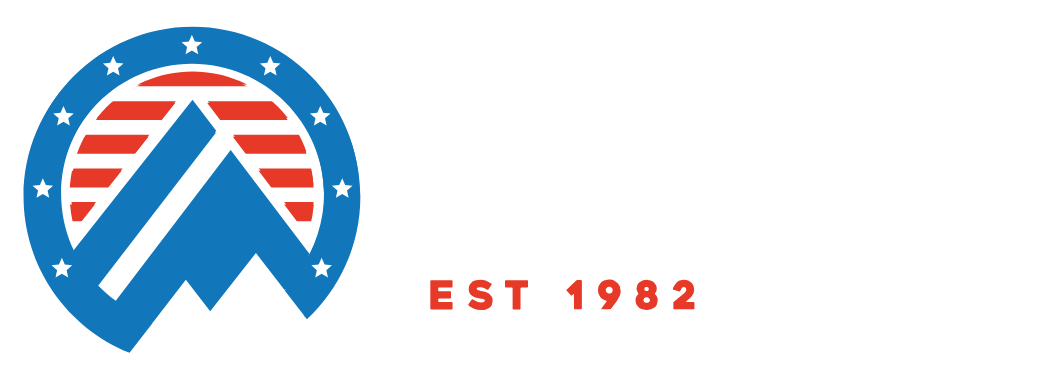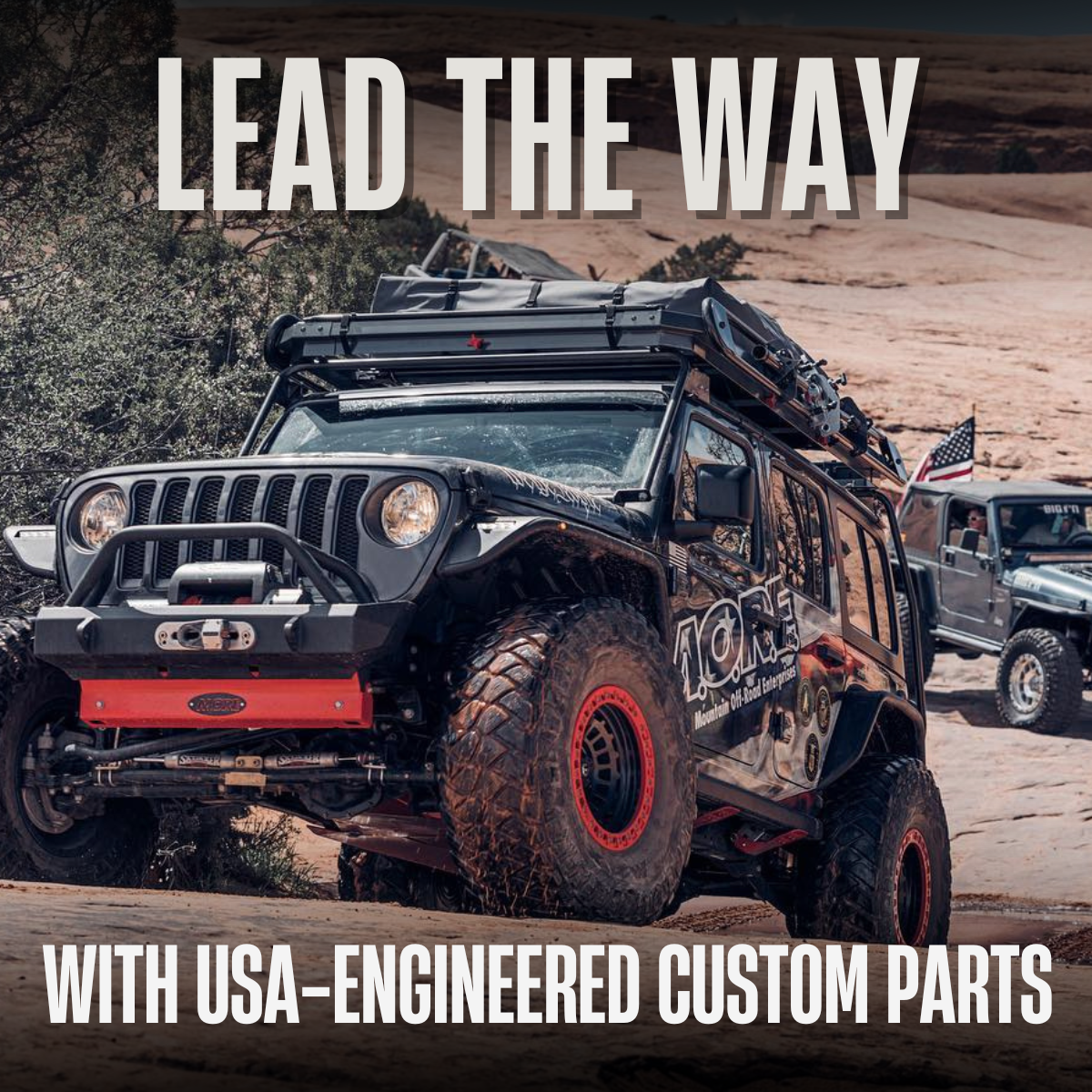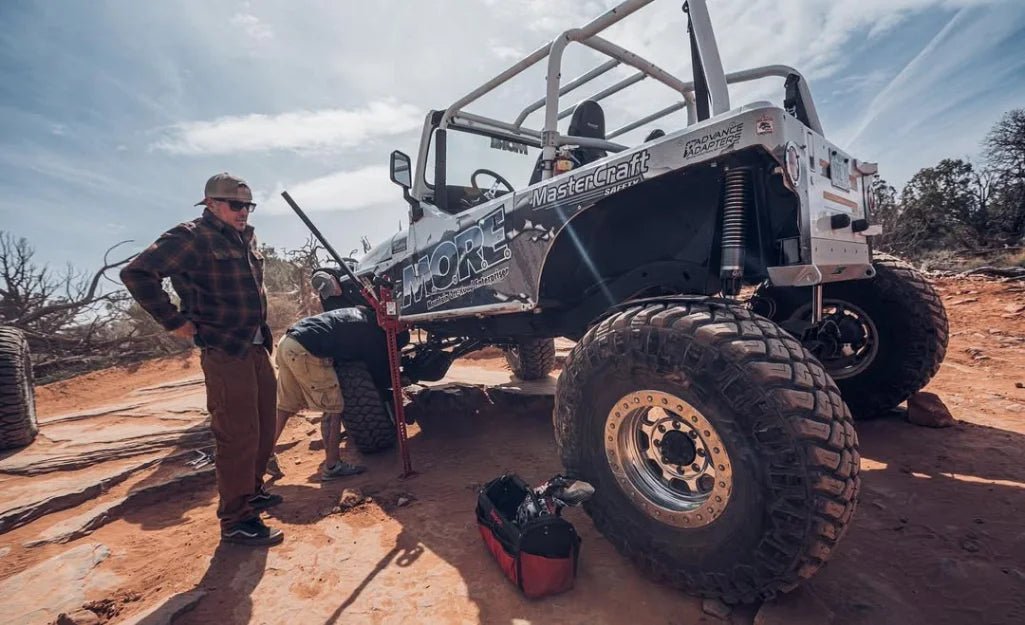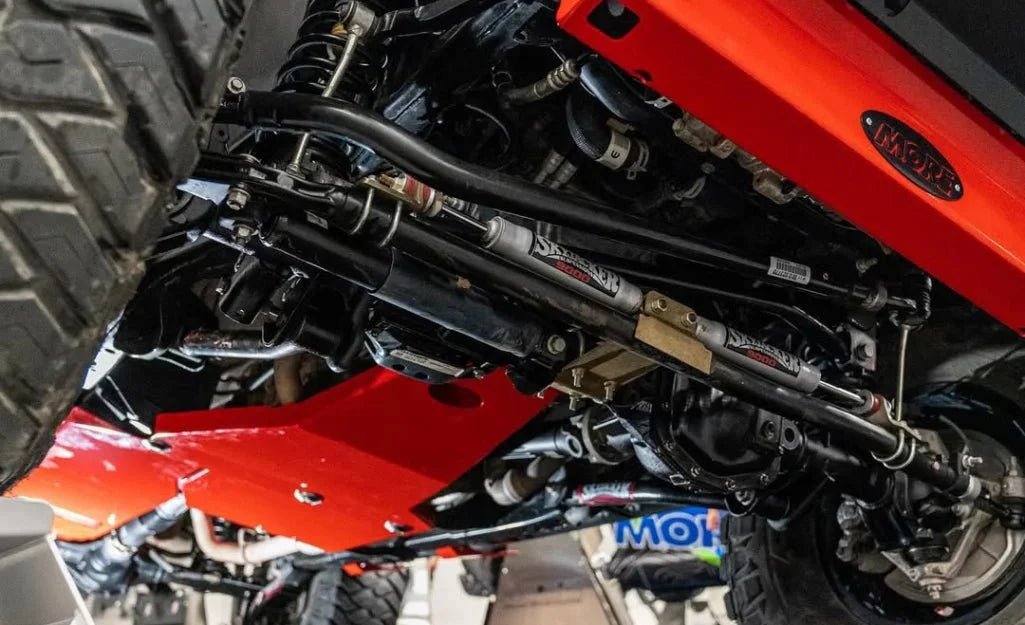Overview
The trail has a way of humbling even the most confident builds. You roll out thinking your rig is ready for anything — the armor’s on, the lift looks mean, the winch cable’s coiled and ready. Then the terrain pushes back. That’s when you realize not every upgrade works the way you imagined.
Off-road culture is full of stories, tips, and hard-earned wisdom… But it’s also full of myths — things we’ve all heard repeated so many times they sound like gospel. The kind of advice that feels safe to follow… until it leaves you stranded, or worse, damages the rig you’ve worked so hard to build.
This guide pulls from real trail experience, veteran advice, and unfiltered forum talk to expose five of the most persistent myths in off-roading — and why so many people still believe them. We’ll look at where these ideas come from, what actually happens in the wild, and what seasoned off-roaders know that newcomers often miss.
Table of Contents
- Myth 1 – “Stock Armor Is Enough”
- Myth 2 – “Winches Solve All Problems”
- Myth 3 – “Lift Kits Fix Everything”
- Myth 4 – “OEM Bushings and Mounts Last Forever”
- Myth 5 – “You Don’t Need Frame Reinforcement”
- What to Do Instead – Building a Rig That’s Truly Trail-Ready

Myth 1 – “Stock Armor Is Enough”
Why So Many Off-roaders Believe Factory Protection Holds Up
Factory skid plates on vehicles like the Toyota 4Runner, Tacoma, and Jeep Wrangler are designed for light-duty protection — gravel spray, shallow ruts, and the occasional scrape. For example, a stock jeep wrangler tj skid plate covers the oil pan and part of the transmission, but leaves the transfer case exposed. On most Toyotas, the front plate stops short of the steering rack and leaves the fuel tank vulnerable. This limited coverage passes manufacturer testing but isn’t meant for repeated contact with rocks or deep trail ruts.
What Really Happens When You Take Stock Armor Off-road
Trail inspection reports from groups like Moab Friends-For-Wheelin’ consistently show factory toyota tundra skid plates denting or bending after impacts from ledges over 10 inches. OEM jeep yj skid plate designs often use 2–3mm stamped steel that flexes under frame twist, which can push into the transmission pan. Stock plates also lack full-width coverage — meaning a rock can “thread the gap” and strike the exposed transfer case or exhaust crossover. Without jeep body armor on rockers, even a mild side-slide can crush sheet metal long before suspension bottoms out.
What Upgrades Actually Work: Toyota & Jeep Skid Plate, Toyota & Jeep Body Armor
Upgraded armor like the toyota 4runner trd skid plate, 3rd Gen Tundra Skid Plate or jeep wrangler armor adds full-coverage panels for the front differential, transfer case, transmission, and fuel tank — plus stronger mounts to resist shearing. High-clearance jeep armour and body armor for jeep jk extend coverage to rocker panels and door sills, preventing structural damage from side impacts.
Our Armor Protection collection includes reinforced rocker guards proven to survive dozens of high-load impacts without deforming. On our Instagram, you can see a customer’s ultimate Toyota 4Runner skid plate test — a real-world abuse session that shows exactly why upgraded armor changes the game.

Myth 2 – “Winches Solve All Problems”
Why This Myth Sounds so Convincing at First
On paper, a winch feels like the ultimate insurance policy. You picture it yanking you out of a mud pit, pulling you up a rock ledge, maybe even rescuing a buddy’s rig. And sure — a jeep skid plate won’t pull you out of a hole, but that shiny spool of synthetic rope? Feels like magic. The problem is that winches only work when everything else in your system is ready to back them up.
Why Winches Fail When Used Without Proper Support
The number one killer of winch reliability isn’t the motor — it’s power loss. Factory electrical setups often can’t sustain the amperage a winch demands under heavy load, especially if your main battery is already stressed by accessories. Add cold weather or deep water crossings and you’re rolling the dice. We’ve seen rigs with high-end winches sit dead because their single battery dropped below 10 volts mid-pull. The crew at Exploring Overland has documented how quickly a winch becomes useless if the primary battery fails under strain. Without an onboard compressor, even a perfect recovery plan can be useless if your tires are still buried or damaged. That’s why simply bolting on a winch without rethinking your support systems is like buying a fire extinguisher but never checking if it’s charged.
What You Really Need: Arb Twin Air Compressor & Dual Battery Tray
Pairing a winch with an arb twin air compressor means you can re-inflate after a tire pressure drop, seat a bead in the field, and keep moving instead of limping back to pavement. Adding a dual battery tray gives your winch a dedicated power reserve, so it won’t drain the main battery that runs everything else. Our air compressors and mounts are designed for real trail abuse, with protected lines and easy-access service points. Think of it as building the pit crew into your rig — because the best recovery is the one you can finish without calling for a tow.

Myth 3 – “Lift Kits Fix Everything”
Why Taller Looks Tougher (and More Capable)
Raise your Jeep three to five inches and it instantly looks like a purpose-built trail weapon. The Gladiator JT lift kit gets you that menacing stance, bigger tires, and better breakover angles. But lift alone doesn’t equal capability. Without addressing suspension geometry (read our blog post about this: Suspension Geometry 101 how to fix ride quality), you’re changing the very math your steering and axles rely on to keep the rig stable.
What Goes Wrong Without Suspension correction
From the factory, caster is set between 4°–7° for highway stability. A lift without corrections can drop it near 2°, causing twitchy steering and poor return-to-center. The track bar angle steepens, shifting the roll center upward and making body lean unpredictable in corners. Even a 2° misalignment in the drag link vs. track bar parallelism can introduce bump steer—meaning the rig turns slightly every time the suspension cycles. Combine that with off-center axles from the lift, and your scrub radius grows, forcing the tires to “push” during turns instead of following the steering arc.
The right fix: Gladiator JT Lift Kit, Axle Offset Plates
A true fix isn’t “more lift”—it’s steering & suspension correction. Axle offset plates recenter the axle under the Jeep, reducing lateral stress on steering joints. A geometry-corrected Gladiator JT lift kit uses longer or adjustable control arms to restore caster and track bar angles, protecting your tires, joints, and frame.

Myth 4 – “OEM Bushings and Mounts Last Forever”
Why Bushings are the Most Overlooked Upgrade
The quiet killer of ride quality isn’t always your shocks or springs—it’s often the factory bushings and body mounts quietly degrading under every mile. From the moment you drive off the lot, rubber components start breaking down due to UV, road salt, heat, and suspension articulation. A Jeep Wrangler JK skid plates setup can protect your underside, but it won’t stop the way worn mounts allow excess frame movement, dulling steering response and increasing cabin vibration. On trails, especially with heavier armor like jeep body armor, degraded bushings flex unevenly—causing the kind of persistent clunk one JKU owner described in a popular forum thread after replacing almost everything else.
How Worn Mounts Destroy Steering, Ride, and Frame Feel
When OEM mounts lose density, the frame and body can shift against each other under load. That movement disrupts steering geometry, making even upgraded axle offset plates less effective. On washboard terrain, that play can trigger rapid oscillations in the steering wheel—similar to early death wobble symptoms. For vehicles with additional armor or Toyota 4Runner skid plates, the added weight accelerates fatigue, leading to uneven tire wear and faster breakdown of surrounding components.
The Upgrades That Restore Control: Bushings, Body Mounts
Upgrading to high-durometer or polyurethane bushings restores the original tightness of the chassis-to-frame connection, immediately improving handling and reducing cabin shake. For builds running heavy accessories like Toyota 4Runner TRD skid plate or JKU skid plates, it’s often the missing link in regaining that “new rig” feel. An in-depth discussion on worn bushing symptoms in the IH8MUD forum backs up what seasoned off-roaders already know—OEM rubber isn’t built for decades of abuse. Replacing them before they completely fail can save you from chasing phantom clunks with costly, unnecessary upgrades.
That’s why seasoned off-roaders often head straight to our builder parts section—upgrades like precision-fit mounts and premium bushings can outlast OEM rubber by years.

Myth 5 – “You Don’t Need Frame Reinforcement”
Why people ignore the frame until it’s too late
Most off-roaders obsess over lifts, tires, and armor, but the frame—the backbone of your rig—rarely gets attention until cracks appear. That’s a dangerous gamble. On unibody rigs like the jeep cherokee xj parts platform, the thin factory steel can twist and stress under repeated torque loads. Older CJs are no safer; decades of trail use leave them with hidden stress fractures, especially around suspension and steering mounting points.
What real trail use does to XJ and CJ chassis
Take one seasoned driver’s forum post: after years of washboard roads and rocky climbs, his rig developed a persistent clunk over sharp bumps. Every bolt was tight, bushings replaced, yet the sound persisted—likely a sign of frame flex transferring noise through the suspension. That’s how structural weakness creeps in. For CJs running jeep cj parts, deep articulation on uneven terrain can cause welds to crack and mounting holes to elongate, even if you’ve got fresh jeep aftermarket parts everywhere else.
How to reinforce right: jeep cherokee xj parts, frame plates
The fix isn’t guesswork—it’s reinforcing before the damage starts. For an XJ, frame plates add rigidity from bumper to bumper, distributing stress across the chassis instead of letting it focus at weak points. CJ owners benefit from weld-on reinforcement combined with upgraded crossmembers. Modern solutions like our frame and cross member kits are built from high-grade steel, designed to integrate with skid systems like jku skid plates or jeep wrangler jk skid plates. Pairing them with jeep body armor protects not just the undercarriage, but the structural core that keeps everything aligned.

Final Thoughts
Myths stick around in off-roading because they’re easy to believe. They sound right when you’re bench-racing in the driveway or scrolling a forum at midnight. But the trail doesn’t care about rumors — it reveals the truth every time you put a tire on dirt.
After years of busted parts, trail fixes, and “wish I’d known sooner” moments, most seasoned off-roaders end up in the same place: upgrading with purpose, not just for looks. You can’t dodge every obstacle or predict every failure, but you can build in a way that gives you the best shot at driving home under your own power.





Leave a comment
This site is protected by hCaptcha and the hCaptcha Privacy Policy and Terms of Service apply.